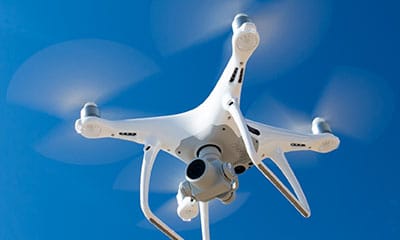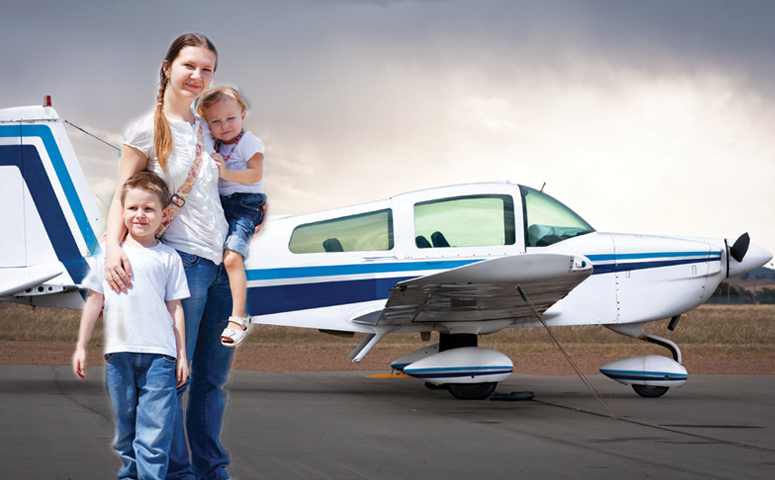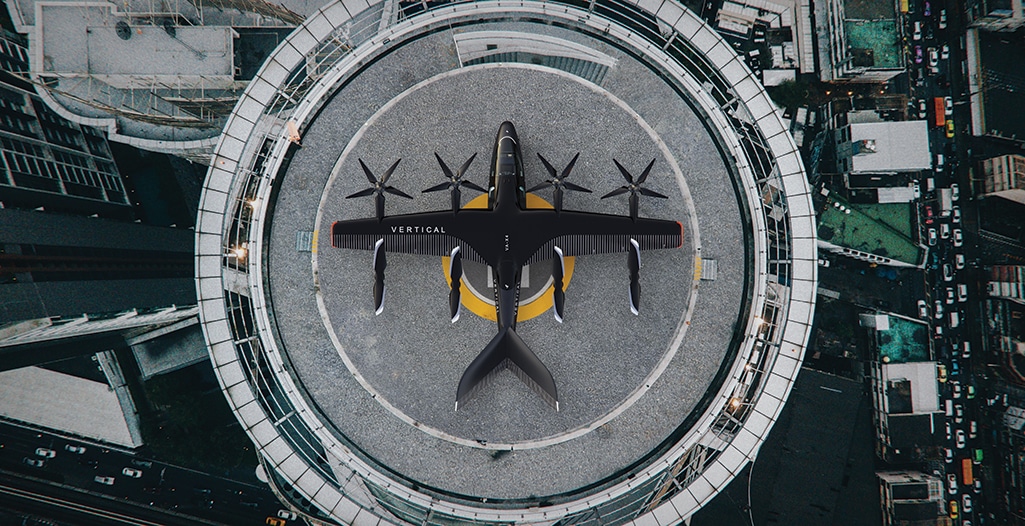The Race to Space: Considerations for Insuring a New Category of Tourists
Elon Musk, CEO of SpaceX, recently announced a manned space flight to the Moon and back scheduled for 2018. This will be the first manned mission to the Moon for some 45 years.
The flight will include two space tourists, the first private individuals to orbit the Moon. They will be onboard the Dragon 2 spacecraft to be launched on SpaceX’s Falcon Heavy rocket.
The idea of space tourism has been around for decades. Virgin Galactic came about in October 2004 when SpaceShipOne successfully won the XPRIZE, delivering the weight of three people to space and back via a privately funded vehicle. Since then, people from more than 50 nations have signed up with Virgin Galactic, paying $250,000 to fly to space on SpaceShipTwo (SS2) via WhiteKnightTwo. Despite the long lead-in time, the first commercial passenger flight is still a ways off. The company suffered a setback in October 2014 when SS2 was lost during its fourth powered test flight.

Virgin Galactic is not alone in hitting bumps in the road. XCOR, founded in 2008, was proposing to fly one passenger and one flight crew in the Lynx Mark 1. The starting price was to be $100,000. Unfortunately, XCOR laid off staff in May 2016 and despite working on other space projects, it has put the Lynx on hold.
Another high profile space tourism company is Blue Origin, set up by Amazon founder Jeff Bezos. Blue Origin is using a fully reusable launch vehicle known as New Shepard that will take off and land vertically. Its first test flight was in April 2015, and the first successful vertical landing was in November 2015. Target for the first manned flight is 2018 with the first paying customers to follow.
Space Adventures, founded in 1998, is the first, and the only, private space flight company. They have sent clients via the Russian Soyuz spacecraft to the International Space Station a total of eight times to date.
So how is the insurance community responding to this exciting, new exposure? Is this an aviation risk or a space risk? Most underwriters employ space engineers to provide expert knowledge on the launch vehicles and their payloads and satellites. However this knowledge does not extend to issues of passenger liability for space tourists, which many brokers and underwriters believe is more akin to aircraft passenger liability. The fact that the customers are purchasing tickets at prices in excess of $200,000, coupled with the dangers of space flight, creates a unique risk profile. Space Adventures addresses the exposure by purchasing personal accident (PA) insurance for their clients.
To complicate matters, liability standards remain uncertain. Commercial passenger aircraft operations are subject to international conventions and established liability standards in states where they operate. However, space liability conventions only address damage caused by space objects. The United Nations’ Outer Space Treaty addresses the need to protect astronauts but does not define astronauts or consider space tourists.
In the US, legislation addresses three categories of people onboard space vehicles: crew, government astronauts, and space flight participants (SFP). The Commercial Space Launch Act (CSLA) uses the term “SFP” rather than “passenger” to avoid confusion with use of passenger in conventional aviation law. The amended CSLA (CSLCA 2014) now provides for cross-party waivers for SFP, an issue that was not addressed in the earlier version.
The insurance market is certainly up to the challenge and companies from the aviation, PA, and space markets will no doubt be vying for a place in the market. But there is still a great deal of uncertainty, not just in the performance of these new commercial spaceflight operators, but also the status of the space tourist in the evolving areas of government regulation and international law.
Based on an article by Simon Abbott, Global Aerospace, appearing in The London Journal, 2017.




